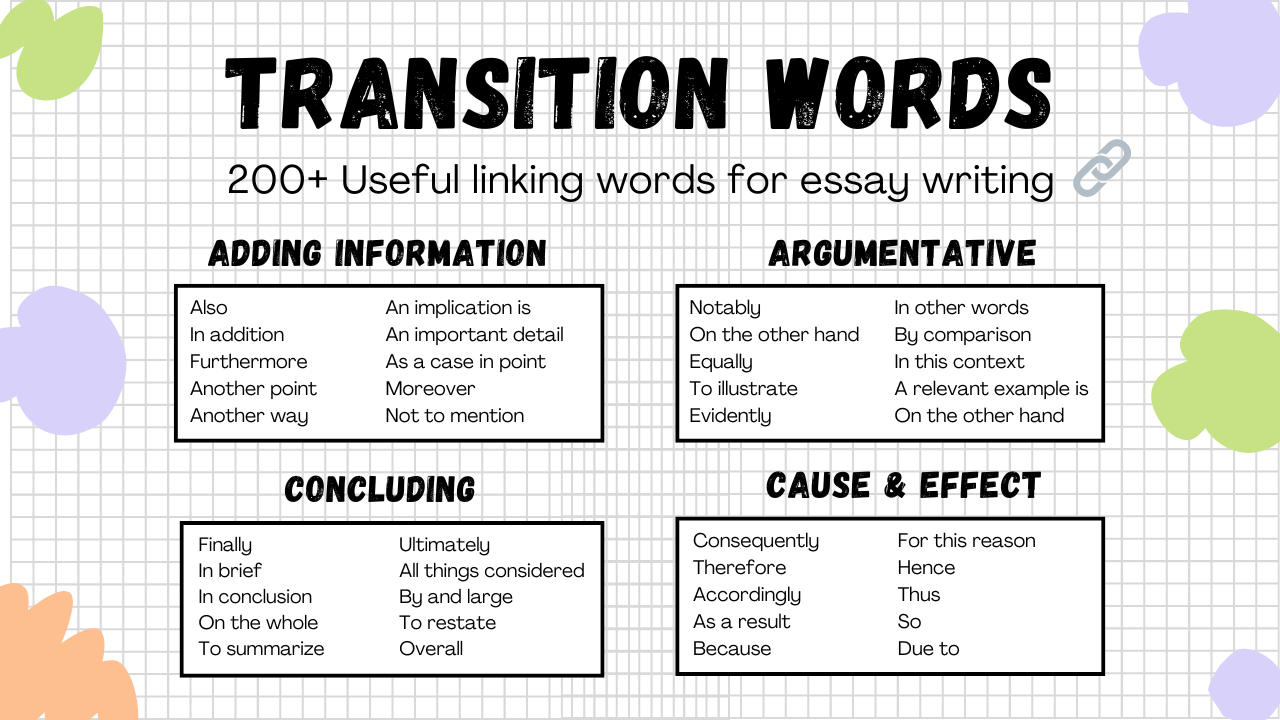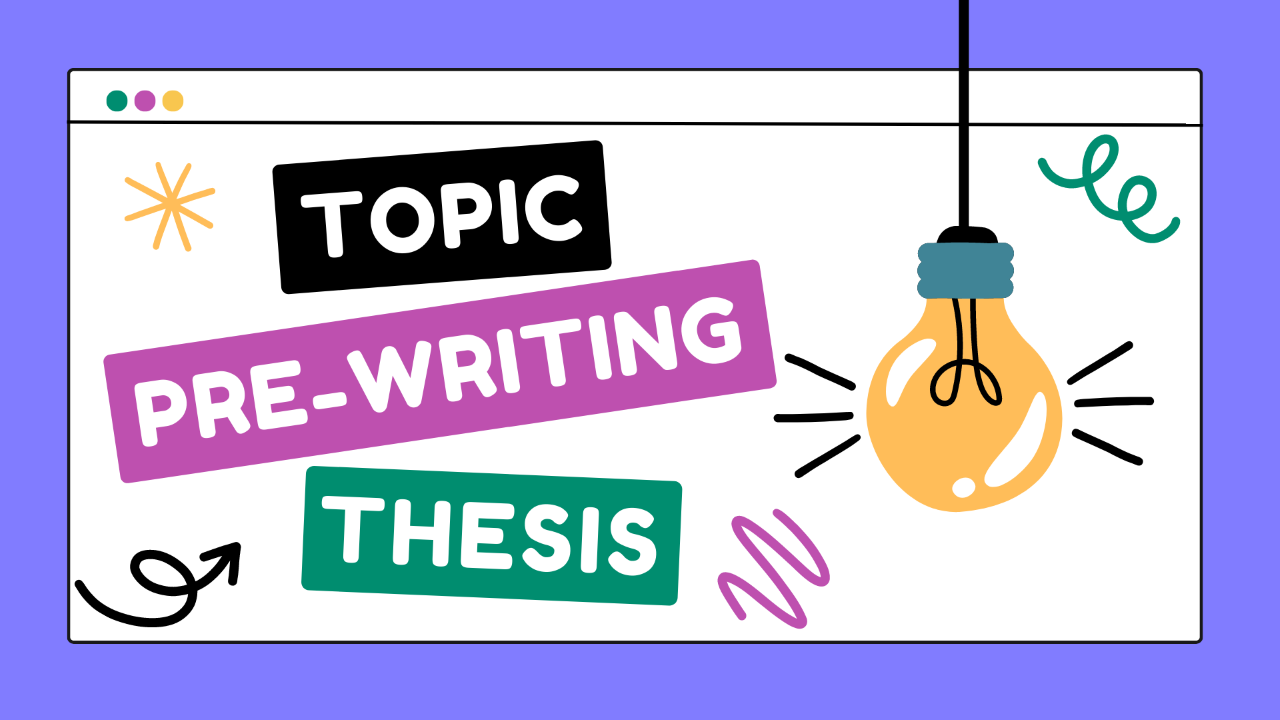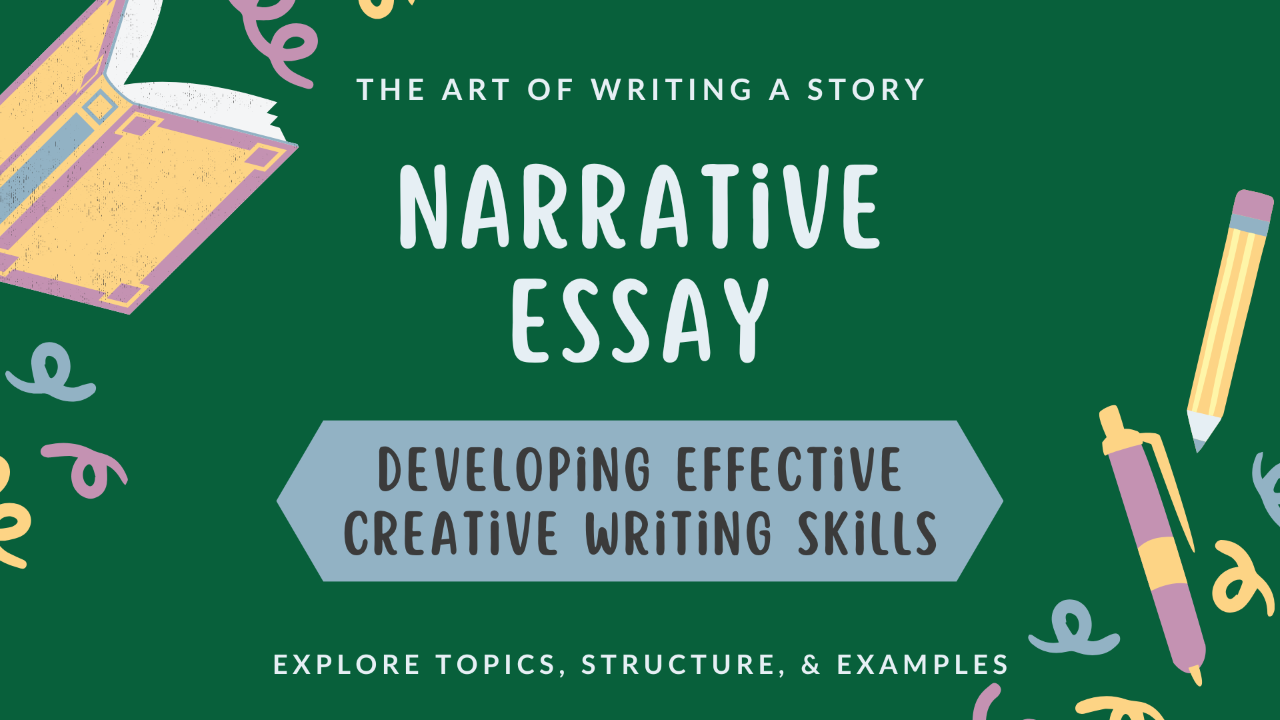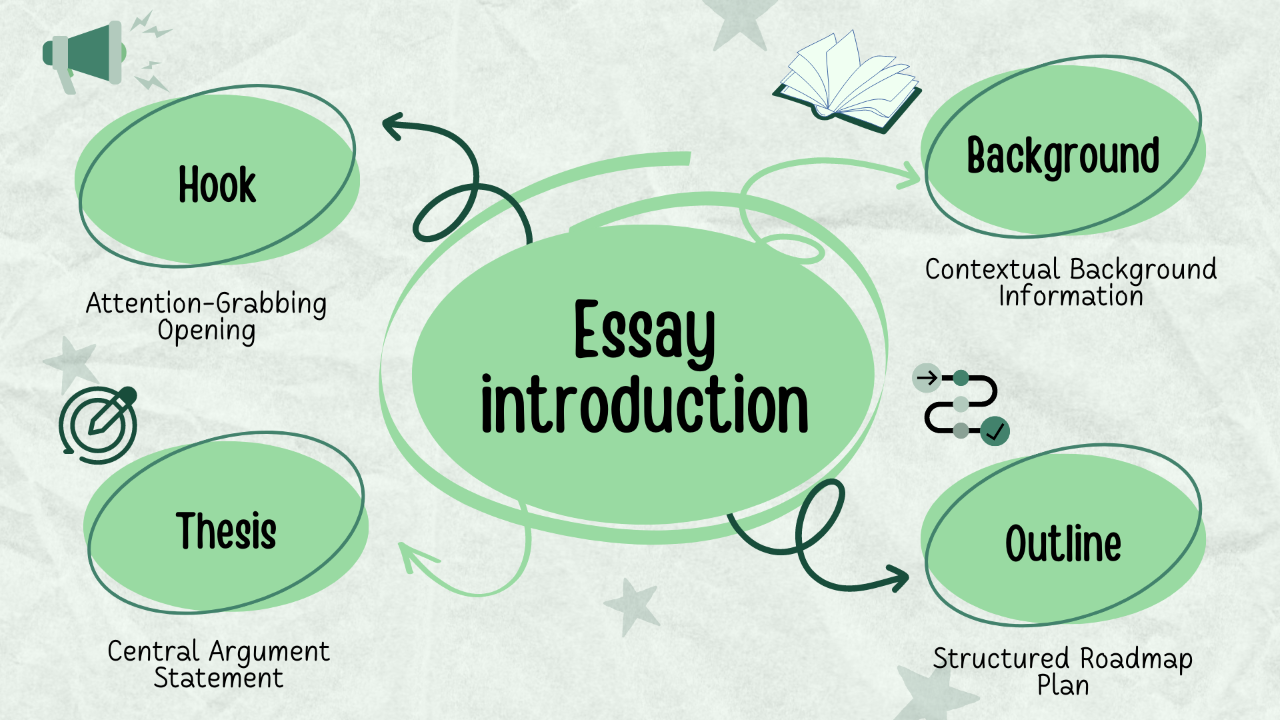
Coherence and Cohesion: Essential Skills for Effective Essay Writing
Coherence and Cohesion: Essential Skills for Effective Essay Writing
Coherence and cohesion are essential elements of effective essay writing. Coherence refers to the logical flow and clarity of ideas in an essay, ensuring that each part connects smoothly to the next. Cohesion involves the use of linking words and phrases to tie sentences and paragraphs together, making the text easy to follow. These skills help create a well-organized essay that is easy to read and understand. Improving these techniques is crucial for achieving higher grades and effective communication in IELTS essay writing tasks or academic writing.
The Importance of Coherence in Essay Writing
Coherence is crucial in essay writing as it ensures that the ideas presented flow logically and are easy to understand. Without coherence, an essay can become disjointed and confusing, making it difficult for readers to follow the writer's train of thought. When an essay lacks coherence, readers may struggle to make sense of the arguments or information presented, leading to a loss of interest and engagement.
To achieve coherence, writers must ensure that each paragraph builds upon the previous one and leads into the next. This can be done by using transitional words and phrases that signal the relationship between ideas. Additionally, writers should structure their essays in a logical manner, presenting information in a clear and organized way. By maintaining coherence, writers can guide readers through their essays effortlessly, allowing them to fully grasp the intended message.
Techniques for Achieving Coherence in Essays
There are several techniques that writers can employ to achieve coherence in their essays. One effective technique is the use of topic sentences at the beginning of each paragraph. A topic sentence provides a clear focus for the paragraph and helps the reader understand how it relates to the overall argument. By starting each paragraph with a topic sentence, writers can ensure that their ideas are presented in a coherent and logical manner.
Another technique for achieving coherence is the use of transitional words and phrases. These words and phrases act as signposts, guiding the reader through the essay and indicating the relationship between ideas. Examples of transitional words and phrases include "however," "in addition," and "on the other hand." By incorporating these words and phrases, writers can create smooth transitions between paragraphs and ensure that their arguments are presented in a cohesive manner.
Furthermore, writers should also pay attention to the organization and structure of their essays. By arranging information in a logical sequence, writers can help readers follow the flow of ideas more easily. This can be achieved through the use of headings, subheadings, and bullet points to provide a clear and organized structure. Additionally, writers should ensure that each paragraph focuses on a single main idea and that supporting details are presented in a logical order.
The Role of Cohesion in Essay Writing
While coherence focuses on the overall flow and clarity of ideas in an essay, cohesion is concerned with the internal connections between sentences and paragraphs. Cohesion ensures that the various parts of an essay are linked together, creating a unified and cohesive piece of writing. Without cohesion, an essay can feel disjointed and difficult to follow, making it challenging for readers to fully grasp the writer's message.
While coherence focuses on the overall flow and clarity of ideas in an essay, cohesion is concerned with the internal connections between sentences and paragraphs. Cohesion ensures that the various parts of an essay are linked together, creating a unified and cohesive piece of writing. Without cohesion, an essay can feel disjointed and difficult to follow, making it challenging for readers to fully grasp the writer's message. Utilizing transitional words effectively can enhance cohesion, and a solid understanding of parts of speech and using grammatically correct sentences is essential for constructing clear and connected sentences. These elements work together to create a well-organized and persuasive essay.
One way to achieve cohesion is through the use of cohesive devices, such as pronouns, conjunctions, and transitional expressions. These devices help establish connections between sentences and paragraphs, making the text more coherent. For example, the use of pronouns like "it" or "this" can refer back to a previously mentioned idea, providing continuity and clarity.
Additionally, writers can create cohesion by using repetition of key words or phrases throughout their essays. This repetition helps reinforce important ideas and themes, making the essay more cohesive. However, it is important to use repetition judiciously and not overdo it, as excessive repetition can become monotonous and detract from the overall quality of the writing.
Strategies for Creating Cohesion in Essays
Creating cohesion in essays requires careful attention to the use of linking words and phrases. These words and phrases act as bridges, connecting ideas and ensuring a smooth flow of information. Some commonly used linking words and phrases include "however," "therefore," "in contrast," and "for example." By incorporating these expressions, writers can create clear connections between sentences and paragraphs, enhancing the overall cohesion of their essays.
Another strategy for creating cohesion is the use of parallel structure. Parallel structure involves using the same grammatical form for similar ideas or elements within a sentence or paragraph. This technique helps create a sense of balance and harmony, making the text more cohesive. For example, a writer might use parallel structure by starting a series of points with phrases like "firstly," "secondly," and "finally."
Additionally, writers should be mindful of the use of pronouns and other cohesive devices to maintain cohesion. Pronouns such as "he," "she," or "it" can refer back to previously mentioned nouns, reducing repetition and improving the overall flow of the text. Furthermore, the use of transitional expressions like "in conclusion," "on the other hand," and "as a result" can signal shifts in ideas and help maintain cohesion throughout the essay.
Common Mistakes to Avoid in Coherence and Cohesion
While coherence and cohesion are crucial for effective essay writing, there are common mistakes that writers should avoid. One common mistake is the lack of clear and logical organization. Without a well-structured essay, readers may become confused and lose interest in the writer's arguments. To avoid this, writers should carefully plan and outline their essays before writing, ensuring that each paragraph serves a specific purpose and contributes to the overall coherence of the essay.
Another mistake is the overuse or misuse of transitional words and phrases. While these expressions are essential for creating cohesion, excessive or incorrect use can hinder the readability of an essay. Writers should use transitional words and phrases judiciously, ensuring that they are used appropriately and contribute to the overall clarity of the text.
Additionally, writers should avoid excessive repetition of words or ideas. While some repetition can be useful for reinforcing key points, too much repetition can make an essay monotonous and reduce its overall coherence and cohesion. Writers should strive to use a variety of vocabulary and sentence structures to keep the essay engaging and interesting.
Examples of Well-Cohesive and Coherent Essays
To better understand the importance of coherence and cohesion in essay writing, let's look at some examples of well-cohesive and coherent essays. In a well-written essay, each paragraph should flow smoothly into the next, with clear connections between ideas. Transitional words and phrases should be used effectively to guide the reader through the essay. Additionally, the essay should have a clear structure and logical organization, allowing the reader to easily follow the writer's arguments.
For example, consider an essay about the “benefits of exercise”. In a well-cohesive and coherent essay, the writer might start with an introduction that presents the thesis statement and provides an overview of the main points. Each subsequent paragraph would then focus on a specific benefit of exercise, such as improved cardiovascular health, increased energy levels, and reduced stress. The writer would use transitional words and phrases to link these paragraphs together, creating a cohesive and coherent essay.
If you want to see examples of essays that are well-structured and coherent, and learn how to write them, please visit the link below and explore different essays, research papers, and sample papers.
How Coherence and Cohesion Affect Essay Readability
Coherence and cohesion greatly impact the readability of an essay. When an essay lacks coherence, readers may struggle to follow the writer's arguments and lose interest in the topic. Similarly, without cohesion, an essay can feel disjointed and confusing, making it difficult for readers to understand the writer's message.
On the other hand, a well-cohesive and coherent essay is easy to read and understand. The logical flow of ideas and clear connections between sentences and paragraphs make the text more engaging and enjoyable to read. Readers can follow the writer's arguments effortlessly, allowing them to fully grasp the intended message and appreciate the essay's content.
Tips for Improving Coherence and Cohesion in Essay Writing
Improving coherence and cohesion in essay writing requires practice and attention to detail. Here are some tips to improve these essential skills:
-
Plan and outline your essay before writing. This will help you organize your thoughts and ensure a logical flow of ideas.
-
Use topic sentences at the beginning of each paragraph to provide a clear focus and guide the reader through the essay.
-
Incorporate transitional words and phrases to create smooth transitions between sentences and paragraphs.
-
Pay attention to the overall structure and organization of your essay. Use headings, subheadings, and bullet points to provide a clear and organized structure.
-
Be mindful of parallel structure to create a sense of balance and harmony within your sentences and paragraphs.
-
Use pronouns and other cohesive devices to maintain continuity and reduce repetition.
-
Read your essay aloud or have someone else read it to identify any areas where coherence and cohesion can be improved.
By incorporating these tips into your essay writing process, you can enhance the coherence and cohesion of your essays, making them more effective and engaging.
Coherence and cohesion are essential skills for effective essay writing. Coherence ensures that the ideas presented in an essay flow logically and are easy to understand, while cohesion creates connections between sentences and paragraphs, making the text cohesive and unified. By improving these skills, writers can clearly convey their ideas and arguments, making their essays more persuasive and enjoyable to read. Improving coherence and cohesion in essay writing requires practice and attention to detail, but the effort is worthwhile for achieving higher grades and effective communication. So, next time you sit down to write an essay, remember the importance of coherence and cohesion to create a well-organized and engaging piece of writing.
Free Sample Essays & Papers
Download free PDF examples of essays and papers in various subjects, all with different citation styles! Get inspired, conquer writer's block, and find the perfect format for your next assignment. Click to download now!





